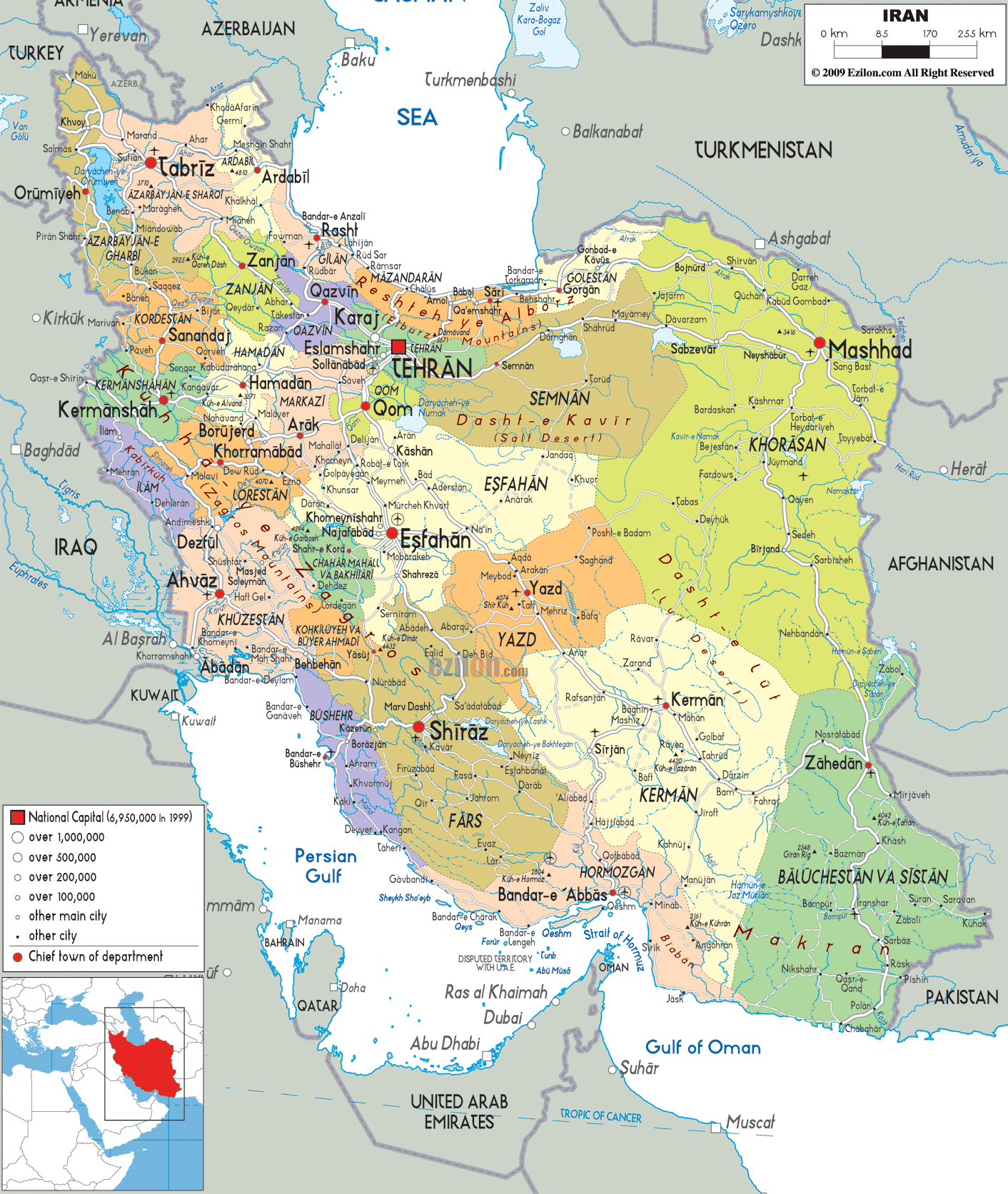Persepolis is an autobiography of Marjane Satrapi's childhood and early adult years growing up in the Islamic Republic of Iran during and after the Islamic Revolution.
The Islamic Revolution really began in 1935 when the Shahs took over. That was the year that the country formerly known as Persia was renamed as Iran. Later, in 1951, Iran's parliament voted to nationalize Iran's oil business, which was controlled by a British owned oil company. As a form of retaliation, Britain enforced an oil ban, stopping oil exports from Iran and dealing a heavy blow to Iran's economy. This soon resulted in a fight for power inside of Iran, which caused the Shah to flee. However, the Shah returned two years later when their rival was overthrown in coup organized by the United States of America's and British intelligence agencies. In 1963 the reinstated Shah undertook a campaign to modernize the nation. Just like Mao Ze-Dong's Great Leap Forward Campaign in China, an era of violence and political instability soon followed the Shah's "White Revolution". The Shah became progressively reliant on his secret police to control and silence his opposition. In 1978, the people of Iran were tired of their leader's authoritarian rule and took to the streets in protest. Martial law was imposed after series of riots, mass demonstrations and strikes. One year later, with the political situation becoming increasingly worse, the Shah fled the country for the second time in less than 30 years. Finally, in 1980, the first president of the Islamic State of Iran is elected.
Persepolis has a very unique structure that is anything, but chronological. The author, Marjane Satrapi, is telling the story in first person, but in past tense; she is sharing her childhood memories, and dreams. In the book, organizing events in chronological order appears to be a completely ridiculous notion. The main story apparently takes place somewhere in the year 1980, but all of the small side plots and short anecdotes seen in certain chapters seem to ignore dates.
For example, the story of Uncle Anoosh and the foundation of Azerbaijan, skips a entire months before backtracking to the missed gaps. The story of Uncle Anoosh starts when he was 18 and "[..] Uncle Fereydoon and his friends proclaimed the independence of the Iranian Province of Azerbaijan." (Satrapi, Moscow, page 55). The audience has no idea of when Uncle Fereydoon took action, as the book does not mention dates during the chapter. Upon further investigation into Iran's history, I learned that this event took place during 1941, at the time of the Second World War. Suddenly, the story skips forward five years to 1946 when, "[..] one night, I had a terrible nightmare: dead people, blood... the next morning I was so tormented that I had to see Fereydoon." (Satrapi, Moscow, page 55). Finding Fereydoon's palace surrounded by the Shah's soldiers, Uncle Anoosh runs off for "days and days". Realistically speaking, he was probably walking for a few weeks since Astara is hundreds of kilometers away from Azerbaijan. Uncle Anoosh then swam across the Aras River to the USSR. By then, it would have been around the end of 1946. However, the story spontaneously decides to go back to early 1946 when Uncle Fereydoon is being arrested and gives the audience an explanation of how he was arrested and his time in jail before he was executed.
 |
| Political Map of Iran Source |
Clearly, the constant switching between different time periods, without even so much as a transition, seems to cast a certain "spell of confusion" on the reader as he/she desperately tries to follow the story. Sadly, the result is usually having to get up and conduct background research (see second and fourth paragraphs), to fully understand what is going on in the graphic novel. There are also many more examples of a confusing manipulation of dates, such as the fact that the burning of the Rex Cinema took place in 1978 even though the story seems to be taking place in 1980.
 |
| "In a square at Tehran University on January 13, 1979, students chant and hold up images of Ayatollah Ruhollah Musavi Khomeini and the former prime minister Mohammed Mossadegh, who had been deposed in a 1953 U.S.-supported coup." (Burnett) |
The fact that this book is an autobiography might explain why it is written in such a confusing manner. The most likely explanation is that this book is being written from memory and the author might have gotten confused with dates and times, just like any other human being. Overall, this book is very interesting to read and gives the audience a glimpse of what life was like during, before and in the aftermath of the Iranian revolution. However, it is a pity that the book's structure is so complex and overwhelming.
Bibliography:
BBC News. "Iran Profile." BBC News. British Broadcasting Company, 10 Sept. 2014. Web. 1 Nov. 2014. <http%3A%2F%2Fwww.bbc.com%2Fnews%2Fworld-middle-east-14542438>.
Aqua:, Written In. "Persepolis: Iran Timeline." Persepolis: Iran Time Line(n.d.): n. pag. Free Library of Great Conversations. 2010 One Book One Philadelphia, 2014. Web. 1 Nov. 2014. <http://libwww.freelibrary.org/onebook/obop10/Persepolis_timeline.pdf>.
Burnett, David. "IRAN PICTURES: 1978-79 Revolution Echoes Protests Today." National Geographic. National Geographic Society, 2014. Web. 01 Nov. 2014. <http://news.nationalgeographic.com/news/2009/06/photogalleries/iran-protest-david-burnett-pictures/photo2.html>.
Ezilion Maps. "Iran Map - Political Map of Iran." Ezilon.com Regional Maps. Ezilion, 2009. Web. 1 Nov. 2014. <http%3A%2F%2Fwww.ezilon.com%2Fmaps%2Fasia%2Firan-maps.html>.
No comments:
Post a Comment